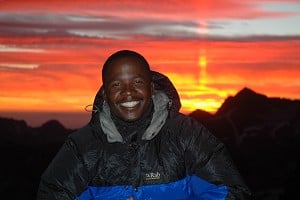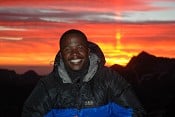In reply to Chris_Mellor:
If you look at the stats as they are atm, they are only slightly down overall compared to recent years. Yet, focussing on the south side, there were fewer westerners (US, UK, AUS etc) and a couple of the major western guiding companies did not operate, as reported in various places. Those reports also noted the growth of Nepali companies in operating on the mountain, with warnings about dangers etc. So if fewer westerners and guides turned up, who made up the numbers?
There has been a rapid growth in Indian and Chinese clients and these have tended to go with the cheaper Nepali budget operators. These operators skimp on HA worker payments, employ less-experienced HA workers, have less bottled O2 for their clients, have no actual guide with the clients, have no rescue ability, have no team doctor, poor strategies and don't vet their clients much for prior experience or ability. So quite inexperienced clients are getting very high, due to the overall infrastructure, and some almost inevitably get into trouble. When they do, there is no margin, and if they're not saved by other teams, they die.
Outside the ms media reports and initial blogs there have been some heartening tales of rescues but also scary tales of delays, incompetence and far too many cases of frostbite, not to mention over 50 helo 'rescues' from C2 or thereabouts. Some of the photos from one summit day with dozens and dozens of people on a few sections of fixed line are terrifying.









